Our focus remains on keeping everyone in schools safe. If you are told to self-isolate by someone from provincial health, fill out a WorkSafeBC form.
WorkSafeBC information for workers can be found here.
All districts have safety plans but it’s crucial that every school also has a site committee. Contact your local if you don’t have a site committee at your workplace.
Wishing everyone a safe and happy Thanksgiving!
In solidarity and safety,
Warren Williams
K-12 Presidents Council President
View PDF.
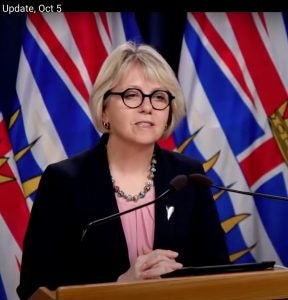 K-12 Update from Dr. Bonnie Henry
K-12 Update from Dr. Bonnie Henry
“Our public health teams have been there and done contact tracing and response for every single case that has been identified in any school…We are able to manage and determine every single exposure event: whether there has been transmission in the school setting; who has been close contacts; and making sure that those people have been isolated so that we break those chains of transmission.”
— PHO Dr. Bonnie Henry
SCHOOL EXPOSURE: when a single person confirmed positive for COVID-19 has been in the school during their infectious period. Even if you have been in a school setting with someone who has COVID, you may not be a close contact. You may not be at risk of exposure yourself. Anybody who did have contact where the virus could have been transmitted, will be contacted by public health.
(Note: a cluster occurs when there is a concentration of infections in the same area at the same time.)
CONTACT TRACERS: Every time there is an exposure, contact tracers kick into gear. They know what type of contact puts somebody at risk of COVID-19 exposure. If somebody has been unfortunately exposed to a large enough dose of the virus, there’s nothing that can be done to prevent them from getting sick.
SELF MONITORING: If people don’t have close contact, we ask them to monitor – to do the things that we have in place in all schools – to monitor closely, stay away if we’re sick, to keep those distances when appropriate, and to wear masks when appropriate.
OUTBREAK: when we have ongoing transmission and we’re not clear who has been transmitting to who and there’s widespread transmission in the school or between learning groups or groups. We have not yet had any outbreaks in our schools.
Watch Dr. Bonnie’s update on October 1, beginning at 2:17.
You can watch the October 5 update here, starting at 5:53.
Chart: Most Students with Symptoms do not have COVID-19
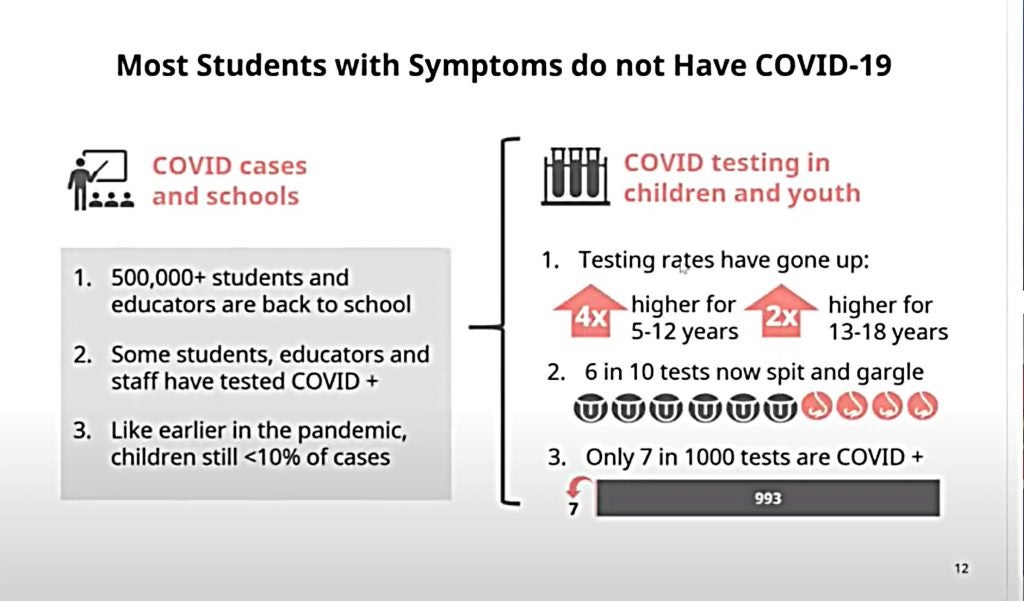

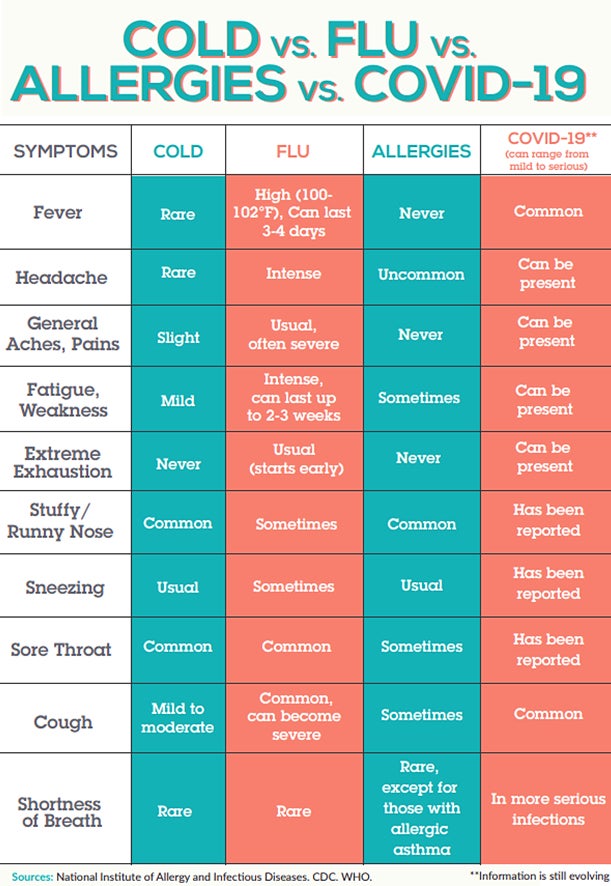
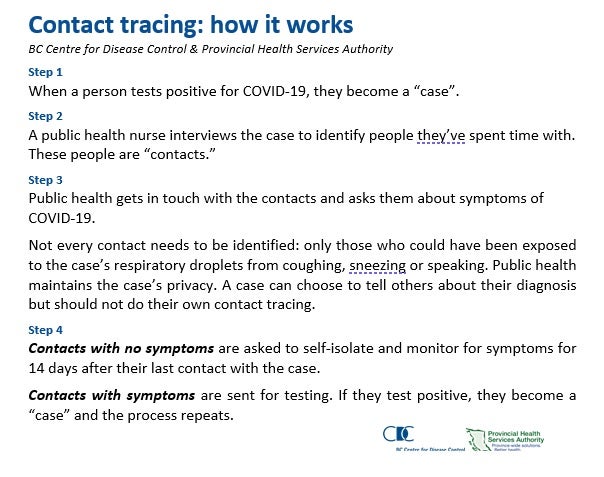
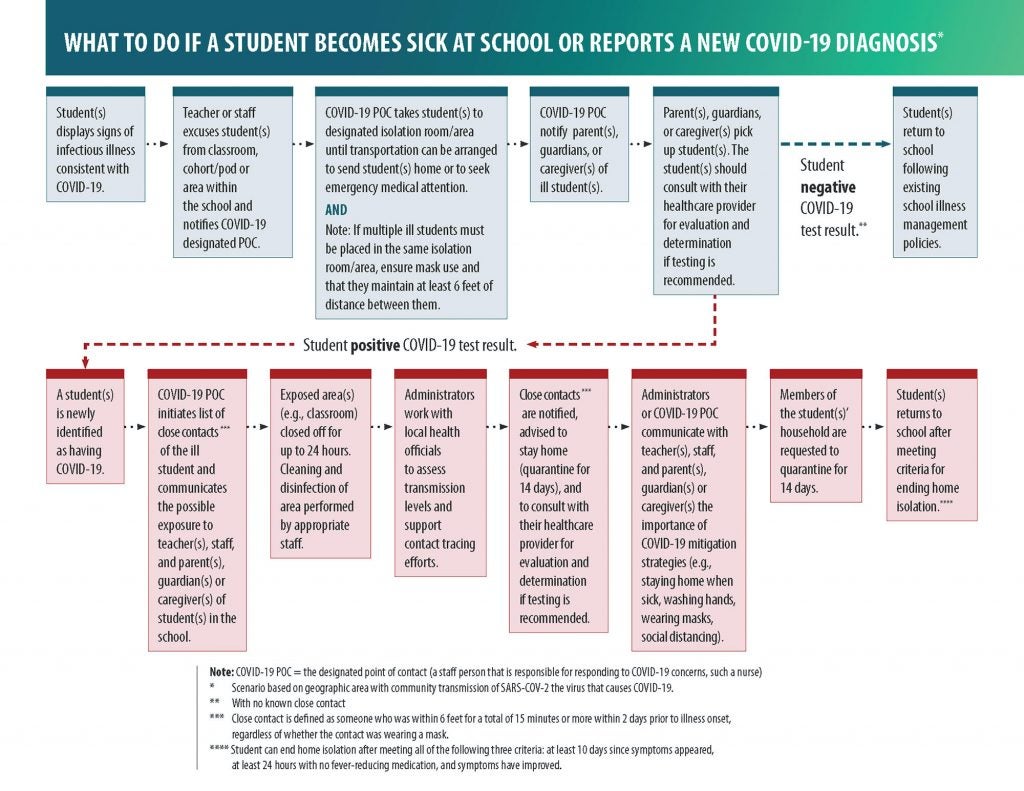
 As a young girl, Phyllis Jack Webstad was gifted a new orange shirt by her grandmother before she was taken to a B.C. residential school. On her first day of classes, the shirt was confiscated and destroyed by a teacher.
As a young girl, Phyllis Jack Webstad was gifted a new orange shirt by her grandmother before she was taken to a B.C. residential school. On her first day of classes, the shirt was confiscated and destroyed by a teacher.